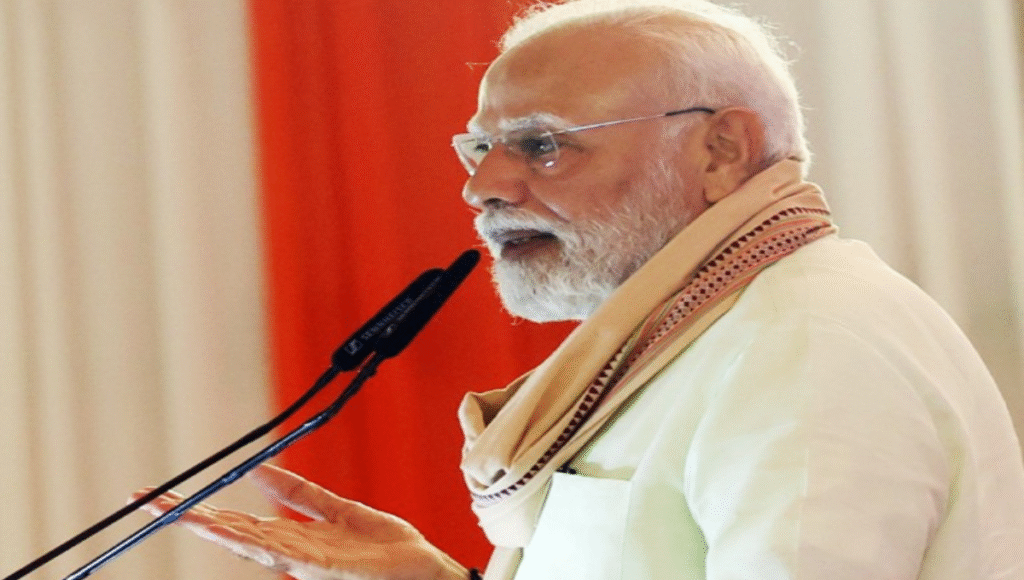
India’s Great Equaliser, Says PM Modi
In today’s India, technology has become more than just a tool—it has become a bridge that connects people from all walks of life. Prime Minister Narendra Modi recently highlighted how digital innovations are breaking barriers and empowering everyone, from street vendors on busy city corners to top executives in corporate offices.
A Digital Revolution for Every Citizen
Responding to an article by Minister of Electronics & IT, Ashwini Vaishnaw, the Prime Minister emphasised how technology has transformed governance and daily life. What once meant standing in long queues, paying random fees, and dealing with endless paperwork is now just a few taps away on a mobile phone.
Initiatives like India Stack, UPI, JAM trinity, and CoWIN have ensured that access to services is no longer restricted to a privileged few. A street vendor in Mumbai today uses the same UPI payment system as a business leader in Delhi, proving that technology in India knows no hierarchy.
The Gujarat Model: Where It All Began
Before the nationwide digital revolution, the seeds of this transformation were sown in Gujarat. As Chief Minister, Narendra Modi launched forward-thinking initiatives that used technology to solve multiple problems at once.
The Jyotigram scheme of 2003 brought feeder separation technology that revived rural industries with round-the-clock electricity while also conserving groundwater. Later, in 2012, the solar panels installed on the Narmada canal not only generated clean energy for thousands of homes but also reduced water evaporation, showing how one innovative step could address several challenges together.
Projects like e-Dhara for digitising land records, SWAGAT for video-based citizen interaction with the CM, and online tendering to reduce corruption demonstrated how governance could be transparent and efficient with the right use of technology.
Building the Foundation of Digital India
When Narendra Modi became Prime Minister in 2014, he brought these experiences to the national level, scaling them up to benefit the entire country. This vision gave rise to India Stack, considered the world’s most inclusive digital public infrastructure.
The JAM trinity—Jan Dhan, Aadhaar, and Mobile—became its foundation. Over 53 crore Jan Dhan accounts have opened the doors of the banking system to millions who had never stepped into a bank before. Aadhaar, with over 142 crore registrations, gave Indians a digital identity that simplified access to government services.
Direct Benefit Transfer (DBT) ensured that subsidies and welfare benefits reached the right people directly, saving the government over ₹4.3 lakh crore, which could then be reinvested into schools, hospitals, and infrastructure.
Empowering the Last Person in the Queue
At the heart of this digital revolution lies PM Modi’s philosophy of antyodaya—reaching the last person in the line. From street vendors who can now accept digital payments to rural families who can save securely, technology has become an equaliser.
Ashwini Vaishnaw rightly noted that what began as experiments in Gujarat laid the foundation for a transformation that now positions India as a global leader in inclusive technology.
A Future Powered by Innovation
The journey of India’s digital growth is not just about convenience; it is about creating opportunities, eliminating corruption, and making governance people-centric. It shows the world how technology can be both an enabler and an equaliser, ensuring that no one is left behind.
Disclaimer
This article is based on information reported in public sources and official statements. It is intended for informational purposes only and does not represent any political endorsement or criticism.






